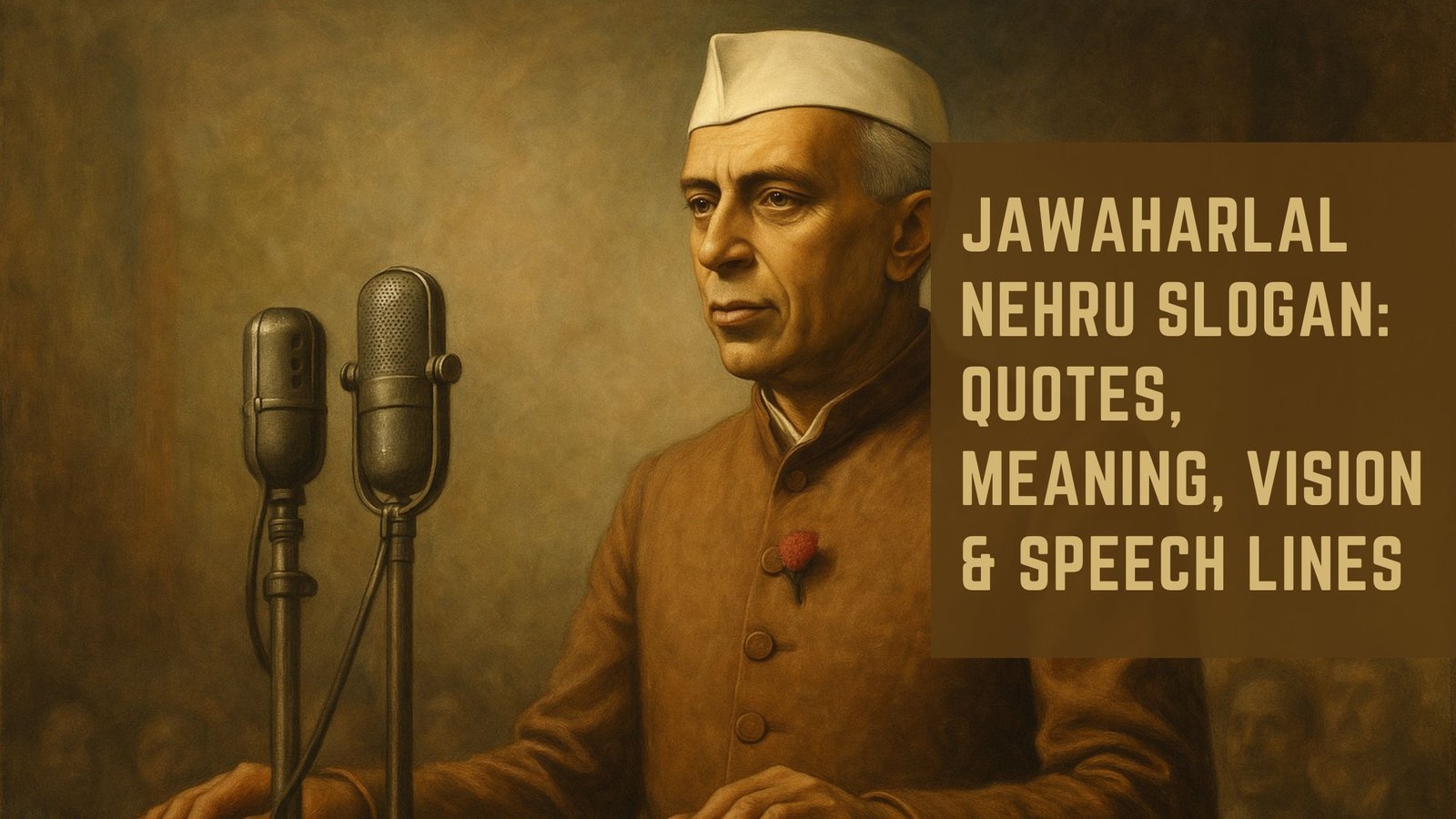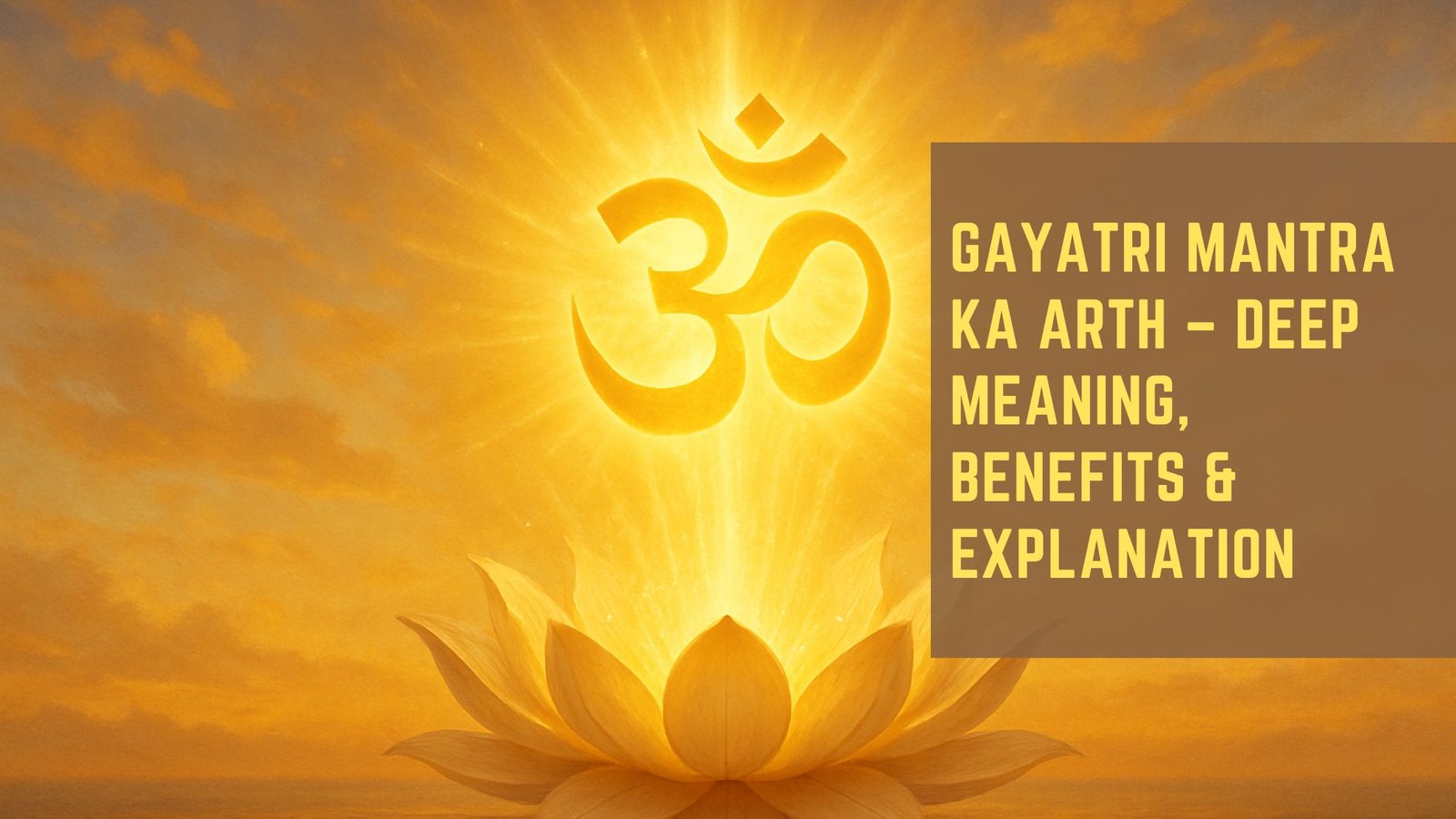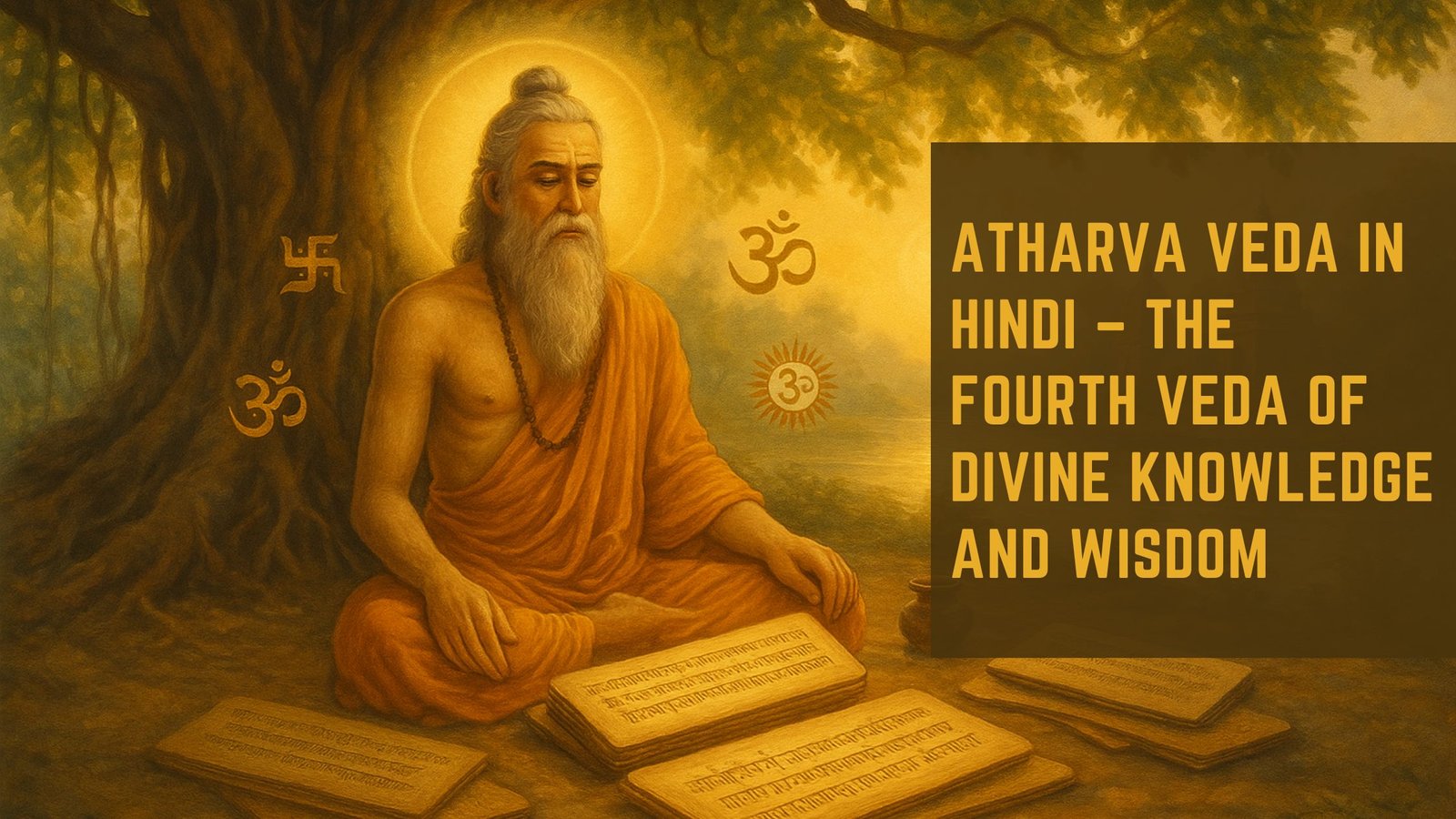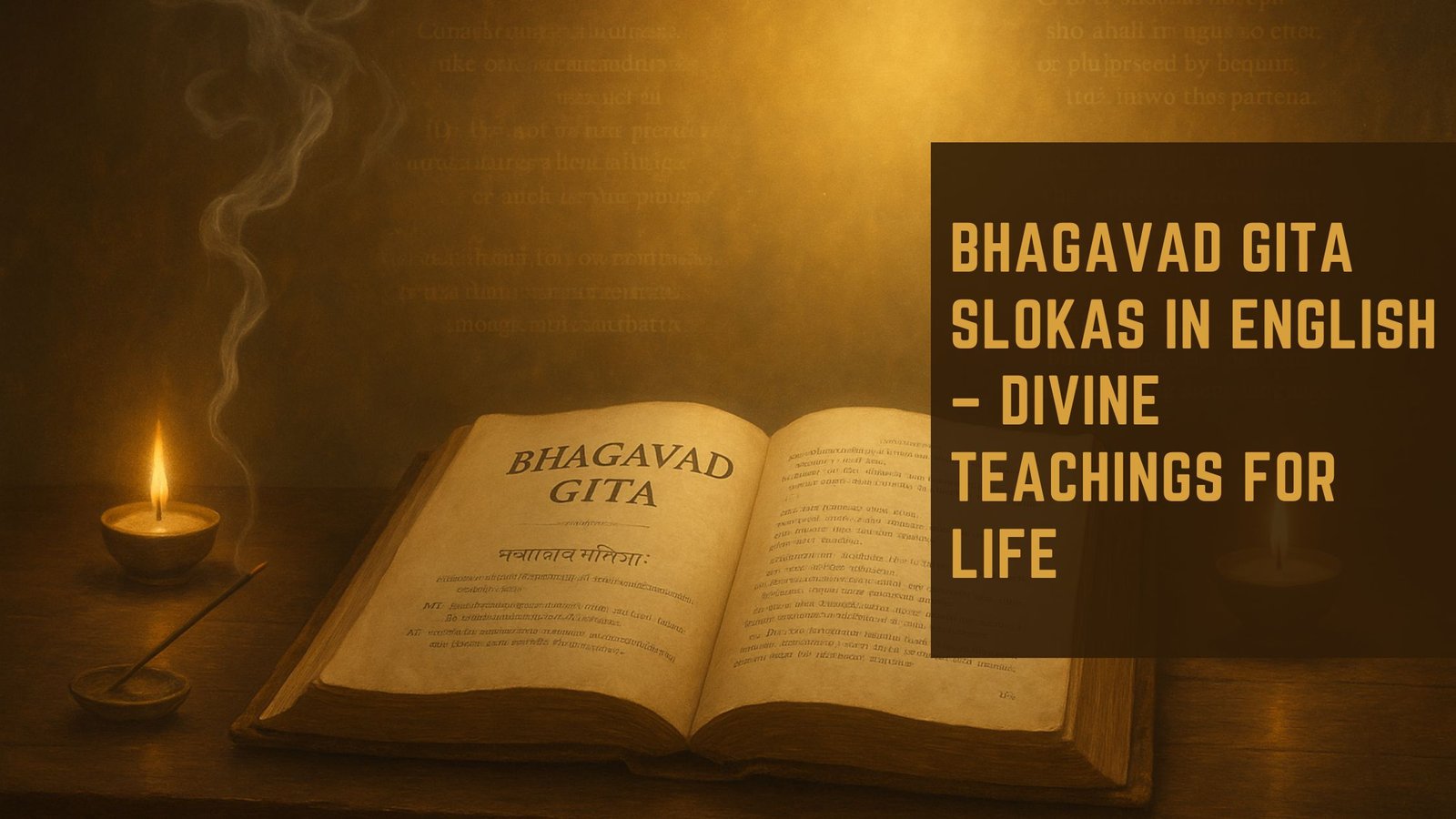The Bhagavad Gita, a revered text in Hindu philosophy, serves as a profound guide to understanding the complexities of life, duty, and spirituality. Chapter 20, while not as widely discussed as some of the other chapters, encapsulates essential teachings that resonate deeply with the human experience. This chapter delves into the intricate relationship between action, devotion, and the pursuit of self-realization.
It presents a holistic view of how individuals can navigate their lives while remaining aligned with their higher purpose. In this chapter, the dialogue between Lord Krishna and Arjuna unfolds against the backdrop of a battlefield, symbolizing the internal and external conflicts that individuals face. The teachings imparted in this chapter encourage readers to reflect on their own lives, urging them to seek a balance between their responsibilities and their spiritual aspirations.
By exploring the themes of dharma, devotion, selfless action, and meditation, Chapter 20 offers timeless wisdom that can guide individuals toward a more meaningful existence.
Key Takeaways
- Bhagavad Gita Chapter 20 introduces the concept of dharma and the path of devotion.
- Understanding dharma involves recognizing one’s duty and moral responsibility in life.
- The path of devotion emphasizes the importance of selfless action and serving others.
- Embracing the teachings of Karma Yoga involves performing actions without attachment to the results.
- Meditation plays a crucial role in attaining self-realization and overcoming the illusion of ego.
Understanding the Concept of Dharma
Dharma, often translated as duty or righteousness, is a central theme in the Bhagavad Gita. In Chapter 20, the concept of dharma is explored in depth, emphasizing its significance in guiding individuals through their moral and ethical dilemmas. Dharma is not merely a set of rules; it is a dynamic principle that varies according to one’s circumstances, responsibilities, and stage in life.
The chapter encourages individuals to discern their unique dharma and to act in accordance with it, thereby contributing to the greater good. The understanding of dharma extends beyond personal obligations; it encompasses the interconnectedness of all beings. By fulfilling one’s dharma, individuals not only honor their own path but also contribute to the harmony of the universe.
This chapter highlights that when one acts in alignment with their dharma, they experience a sense of fulfillment and purpose. The teachings urge readers to reflect on their roles within their families, communities, and society at large, fostering a sense of responsibility that transcends individual desires.
Exploring the Path of Devotion

Devotion, or bhakti, is another pivotal theme in Chapter 20 of the Bhagavad Gita. The text emphasizes that true devotion is not merely an emotional response but a profound commitment to the divine. This chapter illustrates how devotion can serve as a powerful catalyst for spiritual growth and self-realization.
Through unwavering faith and surrender to a higher power, individuals can transcend their limitations and experience a deeper connection with the universe. The path of devotion encourages individuals to cultivate love and reverence for the divine in all aspects of life. It teaches that devotion is not confined to rituals or external expressions; rather, it is an inner state of being that permeates one’s thoughts and actions.
By embracing this path, individuals can find solace in times of turmoil and strength in moments of weakness.
The Importance of Selfless Action
| Aspect | Importance |
|---|---|
| Personal Growth | Selfless action promotes personal growth and development. |
| Community Building | Selfless action strengthens communities and fosters unity. |
| Empathy | Selfless action cultivates empathy and understanding towards others. |
| Altruism | Selfless action encourages altruistic behavior and generosity. |
| Impact | Selfless action has a positive impact on society and the world. |
Selfless action, or karma yoga, is a cornerstone of the teachings found in Chapter 20. The Bhagavad Gita emphasizes that actions performed without attachment to the fruits or outcomes lead to liberation from the cycle of birth and death. This chapter elucidates the importance of engaging in selfless service as a means to purify the mind and cultivate inner peace.
By focusing on the act itself rather than its results, individuals can transcend their ego-driven desires and align themselves with a higher purpose. The practice of selfless action fosters a sense of unity with others and encourages individuals to contribute positively to society. When one acts without expectation or selfish motives, they create a ripple effect of goodwill that can inspire others to do the same.
Chapter 20 underscores that selfless action is not only beneficial for personal growth but also essential for fostering compassion and empathy in a world often marked by division and strife. By embodying this principle, individuals can transform their lives into a continuous act of service, enriching both themselves and those around them.
Embracing the Teachings of Karma Yoga
Karma yoga, as articulated in Chapter 20, invites individuals to engage fully in their duties while maintaining an attitude of detachment from the results. This approach encourages a balanced perspective on life’s challenges and triumphs. By embracing karma yoga, individuals learn to navigate their responsibilities with grace and equanimity, recognizing that every action is an opportunity for growth and learning.
The teachings of karma yoga emphasize that one’s worth is not determined by success or failure but by the intention behind each action. This chapter encourages readers to cultivate mindfulness in their daily activities, reminding them that even mundane tasks can be transformed into acts of devotion when performed with sincerity and dedication. By integrating karma yoga into their lives, individuals can experience a profound shift in consciousness, leading to greater clarity and purpose.
The Role of Meditation in Attaining Self-Realization

Meditation plays a crucial role in the journey toward self-realization as outlined in Chapter 20 of the Bhagavad Gita. The practice of meditation allows individuals to quiet their minds and connect with their inner selves. Through regular meditation, one can cultivate awareness and insight, enabling them to transcend the distractions of daily life and access deeper states of consciousness.
In this chapter, meditation is presented as a tool for self-discovery and spiritual awakening. It encourages individuals to turn inward and explore their true nature beyond societal labels and expectations. By dedicating time to meditation, practitioners can develop clarity of thought and emotional stability, which are essential for navigating life’s challenges.
The teachings emphasize that meditation is not merely an escape from reality but a means to engage more fully with it by fostering a sense of inner peace and understanding.
Overcoming the Illusion of Ego
The illusion of ego is a significant barrier to spiritual growth highlighted in Chapter 20. The Bhagavad Gita teaches that attachment to the ego leads to suffering and discontentment. This chapter encourages individuals to recognize the transient nature of the ego and to cultivate humility as a means to transcend its limitations.
By understanding that the ego is not the true self but rather a construct shaped by experiences and perceptions, individuals can begin to dismantle its hold on their lives. Overcoming the illusion of ego requires conscious effort and self-reflection. The teachings in this chapter advocate for practices that promote self-awareness and humility, such as selfless service and devotion.
By letting go of ego-driven desires and embracing a more expansive view of existence, individuals can experience liberation from suffering and connect with their true essence. This journey toward ego transcendence is essential for achieving lasting peace and fulfillment.
Applying the Wisdom of Bhagavad Gita Chapter 20 in Daily Life
The wisdom imparted in Chapter 20 of the Bhagavad Gita offers practical guidance for navigating everyday life. By integrating its teachings into daily routines, individuals can cultivate a more meaningful existence characterized by purpose and fulfillment. Embracing dharma encourages individuals to align their actions with their values while fostering a sense of responsibility toward others.
Moreover, incorporating practices such as meditation and selfless action into daily life can lead to profound transformations. By dedicating time for introspection through meditation, individuals can enhance their emotional resilience and clarity of thought. Engaging in selfless service allows them to connect with others on a deeper level, fostering compassion and empathy within their communities.
Ultimately, Chapter 20 serves as a reminder that spiritual growth is not confined to isolated moments but is woven into the fabric of everyday life. By embodying its teachings—understanding dharma, embracing devotion, practicing selfless action, meditating regularly, overcoming ego—individuals can navigate life’s complexities with grace and purpose. The wisdom found within this chapter continues to inspire countless seekers on their journey toward self-realization and fulfillment.
This concept is further explored in an article titled Finding Strength in Adversity: Bhagavad Gita 11.32, which delves into how the teachings of the Gita can help us navigate challenging times and emerge stronger. The article emphasizes the importance of resilience and perseverance in the face of difficulties, drawing inspiration from the ancient wisdom of Vyasa as presented in the Bhagavad Gita.
FAQs
What is the Bhagavad Gita?
The Bhagavad Gita is a 700-verse Hindu scripture that is part of the Indian epic Mahabharata. It is a sacred text of the Hindu religion and is considered one of the most important spiritual classics.
What is the significance of Bhagavad Gita Chapter 20?
Bhagavad Gita Chapter 20 is not a standard chapter in the traditional Bhagavad Gita text. The Bhagavad Gita consists of 18 chapters, and there is no specific Chapter 20 in the original scripture.
What are the main teachings of the Bhagavad Gita?
The Bhagavad Gita addresses the moral and philosophical dilemmas faced by individuals and emphasizes the concepts of duty, righteousness, and devotion. It also discusses the nature of reality, the self, and the ultimate goal of life.
Who is the author of the Bhagavad Gita?
The Bhagavad Gita is attributed to the sage Vyasa, who is also credited with composing the Mahabharata, of which the Bhagavad Gita is a part.
What is the historical and cultural significance of the Bhagavad Gita?
The Bhagavad Gita has been highly influential in Indian history and culture, and it continues to be revered as a spiritual and philosophical guide. It has also been studied and admired by thinkers and leaders around the world.















